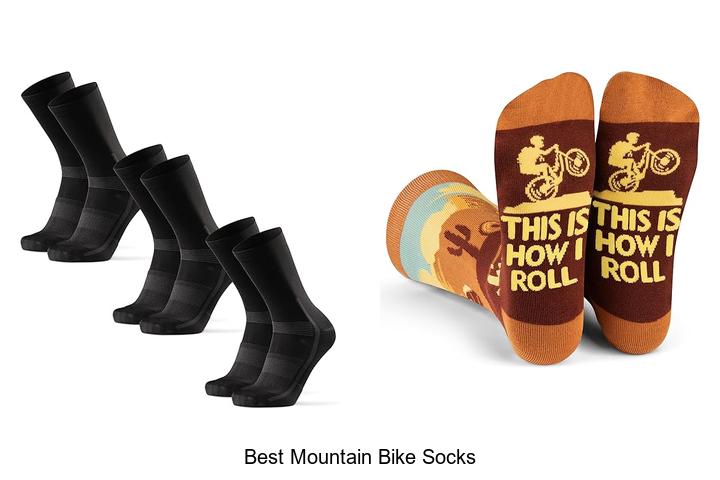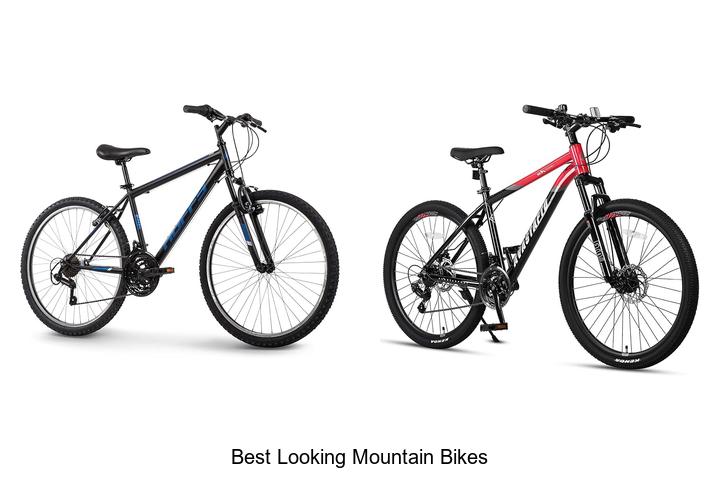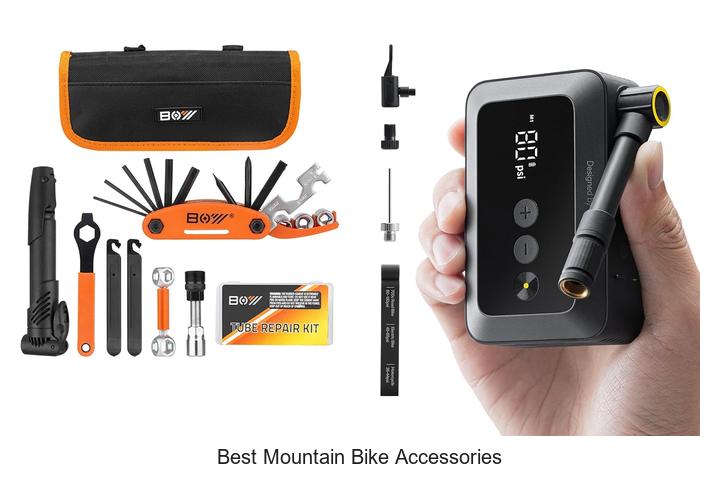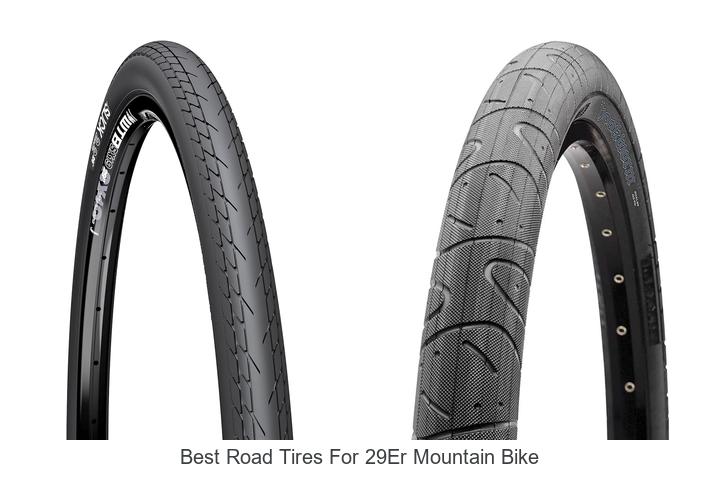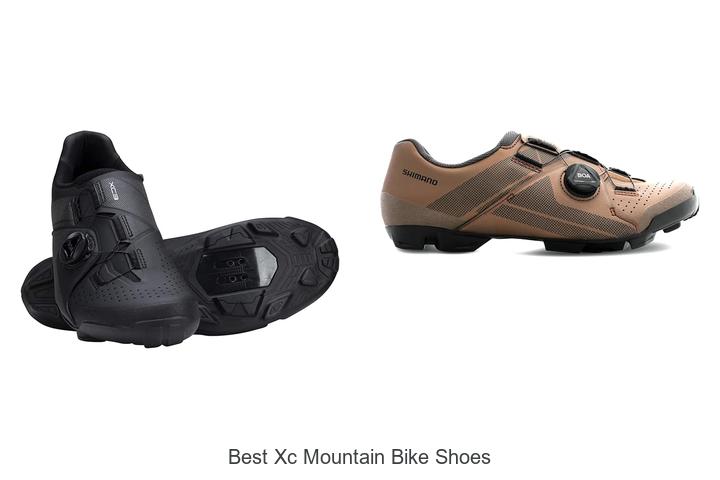How to Jump a Mountain Bike: Easy Steps for Beginners
Key Takeaways
- Master the basics of mountain bike jumps by understanding different jump types and essential body positioning, bike control, and timing skills.
- Proper bike preparation, including suspension tuning and tire pressure adjustment, is crucial for safe and effective jumping.
- Follow a step-by-step approach: controlled speed on approach, compress before takeoff, maintain control in the air, and absorb impact during landing.
- Avoid common mistakes like poor speed management, incorrect body positioning, and neglecting bike setup to reduce the risk of injury.
- Consistent practice of bunny hops, body positioning, and speed control, along with progressive training on jumps, improves confidence and technique.
- Visualize jumps mentally and analyze performance to refine skills and ensure safer, smoother mountain bike jumping experiences.
Jumping a mountain bike is one of the most exciting skills you can add to your riding arsenal. Whether you’re hitting trails, pump tracks, or just want to boost your confidence on rough terrain, learning to jump opens up a whole new level of fun and control.
You don’t need to be a pro to start. With the right technique and practice, you can master the basics and progress safely. This guide will walk you through the essential steps so you can launch off ramps and obstacles with confidence and style.
Understanding the Basics of Mountain Bike Jumps
Mastering mountain bike jumps starts with understanding different jump types and building the essential skills to execute them safely and effectively. Recognizing these fundamentals helps you progress faster and avoid common mistakes.
Types of Mountain Bike Jumps
Identify the main types of jumps you’ll encounter to adapt your technique accordingly:
- Bunny Hop: A basic jump where you lift both wheels off the ground simultaneously to clear small obstacles like logs or rocks.
- Tabletop: A jump with a flat surface in mid-air that requires you to level your bike before landing.
- Gap Jump: A jump designed to clear a gap between two ramps, demanding precise speed and control.
- Step-up Jump: Jumping onto a higher platform or ledge, requiring a strong lift and balance.
- Drop-off Jump: Riding off a ledge or drop, focusing on smooth landing absorption rather than lift.
Understanding each jump’s unique demands lets you choose the right approach and prepare your body and bike accordingly.
Essential Skills Needed
Develop these skills to perform mountain bike jumps confidently:
- Body Positioning: Balance your weight evenly, keep knees and elbows slightly bent, and stay relaxed to absorb impact.
- Bike Control: Practice lifting the front wheel first, then the rear, especially for bunny hops.
- Speed Management: Approach jumps at a controlled speed, fast enough to clear the obstacle but slow enough to maintain control.
- Timing and Coordination: Coordinate your pull on the handlebars and push with your legs to launch properly.
- Landing Technique: Land with both wheels simultaneously or rear wheel slightly first, flexing knees and elbows to absorb the shock.
Consistent practice of these skills makes jumps smoother and reduces injury risk.
Preparing Your Mountain Bike for Jumping
Setting up your mountain bike properly ensures safer and more effective jumps. Focus on key adjustments that enhance control and responsiveness.
Checking and Adjusting Suspension
Inspect your suspension for smooth operation and no leaks. Set the sag according to your body weight—typically 25-30% of total travel for the front fork and rear shock. Adjust rebound and compression dampening to balance responsiveness and stability; faster rebound helps absorb landings, while firmer compression prevents bottoming out. Use manufacturer guidelines for initial settings, and fine-tune based on jump feel and terrain.
Tire Selection and Pressure
Choose tires with aggressive tread patterns for grip on dirt and ramps. Wider tires (2.3-2.5 inches) offer better stability during takeoff and landing. Set tire pressure based on weight and terrain—lower pressures (20-25 psi) increase traction but risk pinch flats, while higher pressures (30-35 psi) reduce rolling resistance. Check pressure before each ride and adjust to maintain optimal balance between control and durability.
Step-by-Step Guide on How to Jump a Mountain Bike
Master essential techniques to jump your mountain bike confidently and safely. Follow precise steps from approach to landing for smooth execution.
Approaching the Jump
Maintain a steady, controlled speed tailored to the jump size. Keep your pedals level and your eyes focused on the jump’s takeoff point. Position your body slightly off the saddle with bent knees and elbows for shock absorption. Shift your weight evenly between front and rear wheels to ensure balanced control during the approach.
Lifting Off the Jump
Compress your body by bending your knees and elbows just before the lip of the jump. Extend your arms and legs rapidly to lift both wheels off the ground simultaneously, initiating the jump. Use a firm grip on the handlebars while keeping your core engaged to maintain bike stability. Timing this pop correctly helps clear the obstacle smoothly.
Maintaining Control in the Air
Keep your eyes fixed on the landing zone to anticipate adjustments. Hold the bike level by flexing and extending your wrists and knees subtly, allowing for minor corrections. Avoid over-rotating the front or rear, which can destabilize your trajectory. Employ relaxed but responsive body posture to absorb any mid-air movement variances.
Landing Safely
Aim to land with both wheels touching down simultaneously or rear wheel slightly before the front. Prepare by bending your knees and elbows to absorb impact while keeping your body centered over the bike. Maintain speed and pedal position to ensure stability after landing. Avoid locking your limbs to reduce the risk of injury.
Common Mistakes to Avoid When Jumping
- Riding too fast or too slow undermines control and balance on the jump, causing unstable takeoff and landing.
- Leaning too far forward or backward disrupts your center of gravity, increasing the risk of crashing.
- Failing to compress your body before the jump results in weak lift-off and reduced airtime.
- Not maintaining a firm grip on the handlebars leads to poor bike control midair.
- Looking down at the front wheel instead of the landing zone impairs your ability to react and adjust in flight.
- Extending your legs or arms fully before landing removes shock absorption, increasing impact force.
- Ignoring suspension setup means poor shock absorption and potential damage to your bike on landing.
- Attempting jumps beyond your skill level compromises safety and increases injury risk.
- Neglecting to check the landing area causes unexpected hazards and unstable landings.
- Overcorrecting bike position midair causes loss of balance and possible crashes.
Tips to Improve Your Mountain Bike Jumping Skills
Mastering mountain bike jumping requires targeted practice and technique refinement. Focus on these tips to enhance your skills efficiently.
- Practice Bunny Hops Regularly
Build core jumping strength and timing by repeating Bunny Hops, the foundation for all jumps.
- Refine Body Positioning
Maintain a low and centered stance with knees and elbows slightly bent to absorb impact and improve bike control.
- Control Your Speed Precisely
Approach jumps at moderate speeds, increasing gradually as you gain confidence. Too slow or too fast speeds compromise jump quality.
- Coordinate Compression and Extension
Compress your body just before takeoff and extend during liftoff. Timing this motion precisely maximizes jump height and distance.
- Focus on the Landing Zone
Keep your eyes locked on the landing area to adjust your bike’s trajectory mid-air effectively.
- Use Visual and Mental Rehearsal
Visualize each jump sequence and mentally rehearse the timing and movements before execution.
- Train on Progressive Features
Start with small jumps and gradually progress to larger ones to build skill without overwhelming risk.
- Maintain Your Bike’s Suspension Settings
Adjust suspension based on jump size and terrain to handle impact smoothly and maintain control.
- Engage Core and Upper Body Muscles
Strengthen core muscles and grip to stabilize the bike during takeoff, flight, and landing.
- Analyze and Learn from Each Jump
Record or review jumps to identify posture, timing, or speed issues, then adjust accordingly.
Following these tips enhances your mountain bike jumping technique, contributing to safer and more controlled launches on diverse trails.
Conclusion
Mastering mountain bike jumps opens up a whole new level of riding excitement and skill. With dedication and the right approach, you can build confidence and control to tackle jumps safely and smoothly. Remember, every jump is a chance to improve your technique and push your limits.
Stay patient and consistent in your practice, listen to your body, and always prioritize safety. As you refine your skills, you’ll find yourself enjoying the thrill of the ride even more. Keep challenging yourself, and those jumps will soon feel like second nature.
